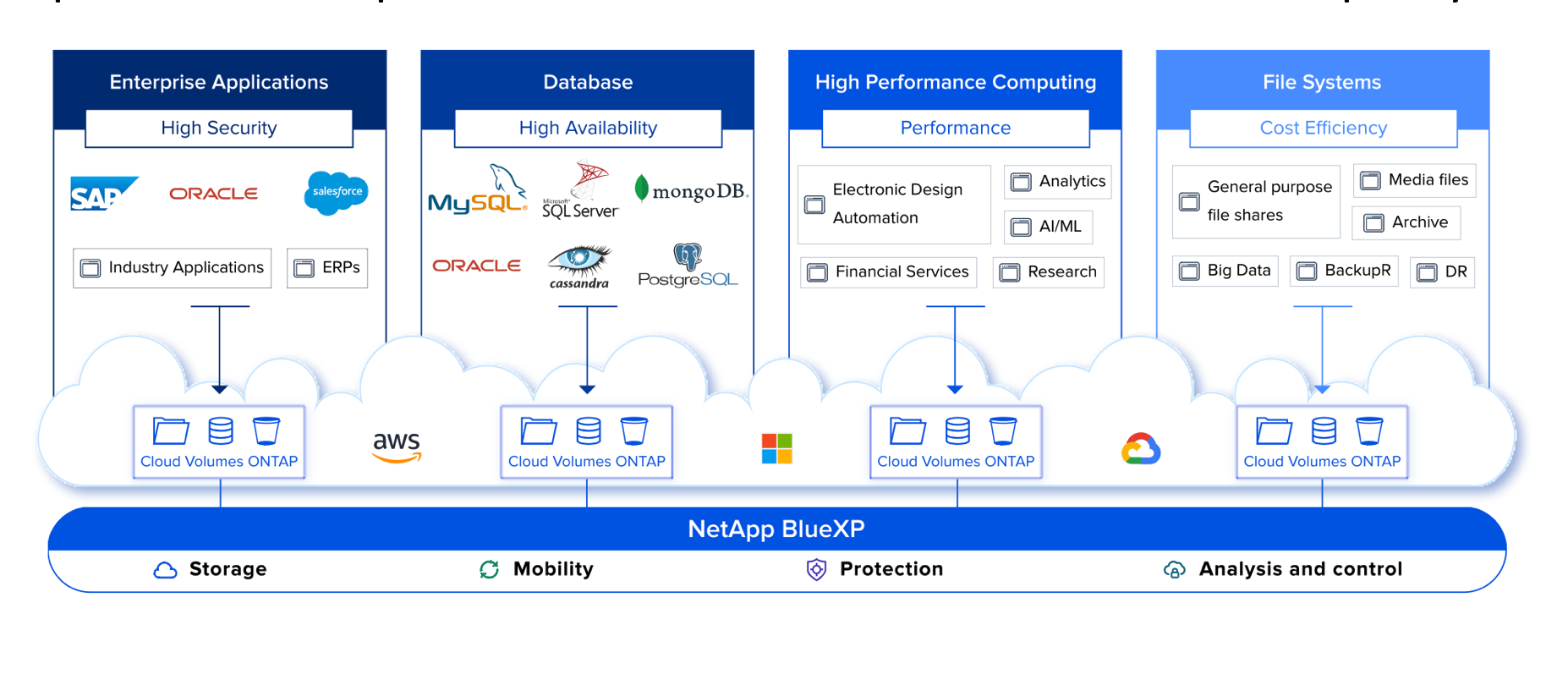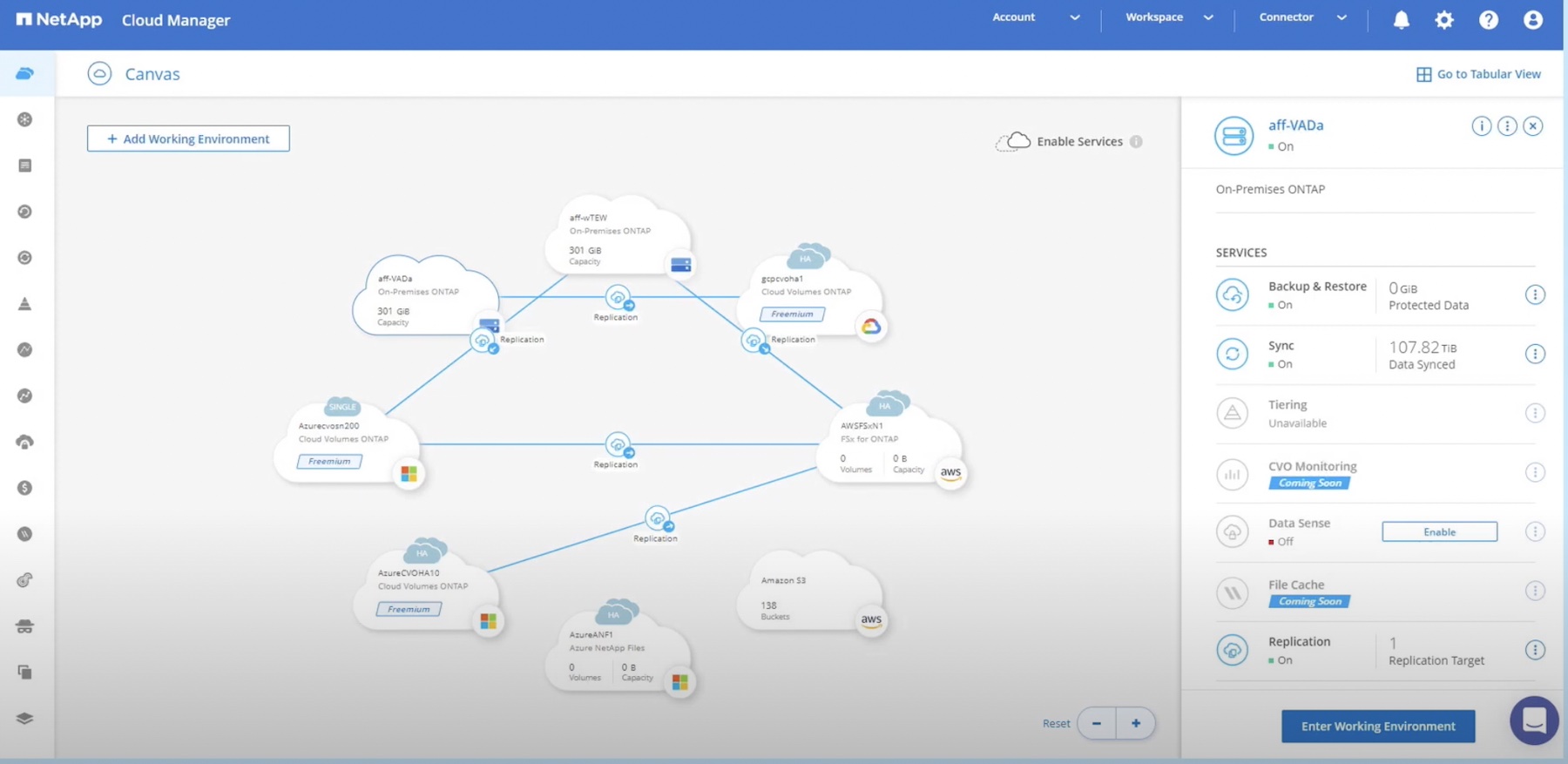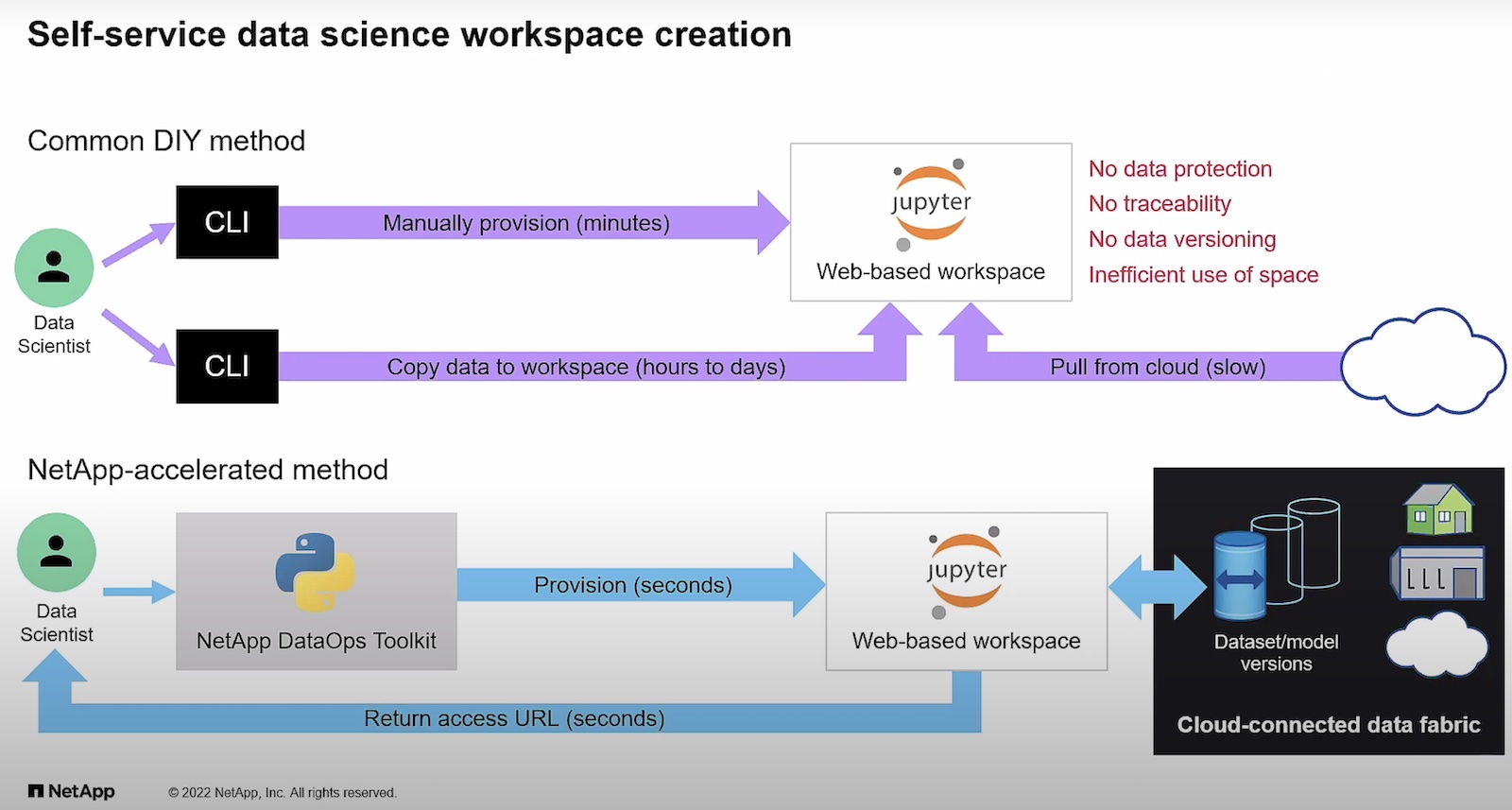Introduction
Computing has undergone a revolution as technologies like self service cloud and quickly scaled hyperconverged data centers speed time to deployment of new applications and reduce friction between IT and the business it enables. As infrastructure has become simpler to provision thanks to these technologies, enterprise IT has been transformed as well. Formerly seen as a cost center and a roadblock to productivity, IT can and should a partner to the business.

Breaking out the whiteboard to design a solution first thing? Stop! Start with defining the desired outcome first.
The technical skills and knowledge of an IT department can solve business problems and enable new initiatives that propel revenues and productivity, and should come to bear on the decision making process. Accomplishing this requires an attitude change within the business leadership, both within and outside of an IT department. Enterprise IT must not be thought of as a means of solving technical problems but as an instrument used by a business to achieve a desired outcome.
The Old Way of IT Project Design
Since the inception of IT as a practice, it has largely been the responsibility of an IT team to perform whatever tasks the business deemed necessary to maintain existing workflows. The message to IT was basically “keep the lights on”. New projects were typically initiated with an end goal of solving a technical problem. Maybe new storage was being purchased because more capacity or better performance were needed. Perhaps a network overhaul has been planned to address issues with network saturation that have resulted in complaints from users.
In short, projects were focused on solving technical problems, not improving existing business workflows or creating new revenue sources. Sure that network overhaul may have had the side effect of making workers more efficient, but it wasn’t the end goal, or the reason why the project was started in the first place. Instead projects were often focused on systems design. Discussions surrounding the project were likely deeply technical, focusing on architecture or speeds and feeds. By the end of a successful project, the IT department has solved an IT problem.
To be fair, there is still a place for projects like this. It is still the responsibility of enterprise IT to optimize their own infrastructure and operations so they can provide the highest level of service possible to the business. IT projects cannot and should not focus soley on improving IT operations, they must also take into consideration what the end goal of a project will be. In short identify a desired outcome before beginning any project.
Starting With the Ending
I will often get irritated with a family member who always reads the last chapter, or even only the last few pages of a book as soon as he opens it. This drives me nuts, but he doesn’t care. He likes to know the ending of the book before he even begins. He may even decide not to read the book if he doesn’t like the ending. This may not be the best way to read a book. But when writing a book, unless you are Stephen King or George R.R. Martin who will often not plot, it is ideal. Most authors will know how a book ends before they ever write a single word. This is the optimal way to approach a new project or initiative in the enterprise.
Designing projects in enterprise IT should follow the same model of planning on an end state and working backwards from there. Note that I am not talking about designing the way a system should function down to the last detail. Although that is important. A properly designed and well functioning system is worth very little unless it actually helps the business accomplish a goal. The functions of a system and what capabilities they provide for the employees and how they enable the business are the focus. The outcome or goal must be evaluated and determined to be worthwhile before a single design decision is made.
Going back to the author analogy, once you have written or planned your ending you are now ready to write the events leading up to it. In enterprise project design, once the desired outcome has been identified it is time to design the technical solution. The requirements that were identified at the project’s inception will be met by the decisions made by the architects and engineers who are given ownership of the project.
Project Criteria Changes as Well
We’ve already mentioned that IT project design has changed from a system centric model to that of a business centric model. One example in particular comes to mind that I’ve dealt with in my own career. There was a situation in which an email server I was responsible for kept running out of storage space. We attempted multiple measures to solve this problem such as quotas, an archiving solution, or automated removal of old emails. Most of these measures were met with resistance by employees and would only temporarily solved the problem. What’s worse, we were only treating a symptom, the email server running out of storage space. When we took a step back to understand why the email server was filling up with data, it was easier to identify a long term solution.
The reason the server kept filling up was because employees were using it as a means for sharing documents, both internally and externally. Multiple copies and versions of files were being sent back and forth. Despite shared folders being available, many employees avoided using them for a variety of reasons such as no versioning or poor performance from remote networks. The fact that file sharing applications such as dropbox were blocked as a corporate policy meant that email was one of the few options employees had for sharing documents outside the organization.
Once we had identified the cause of the symptom, it was only a matter of identifying a better solution. In our case the solution was two fold. First we identified the need for an internal document management solution that would make it easy for employees to share documents and have visibility into document versions. Additionally, addressing the need to share documents externally using a solution with proper access control and governance would satisfy both employees and company leadership.
Both of these needs led to a project to find and implement the correct solution to improve our employees’ experience and workflows. We didn’t have a knee jerk reaction to implement a named product that we thought would fix everything. We identified the outcomes of easier document sharing both internally and externally. We worked with employees and decision makers to understand their criteria for success and evaluated multiple solutions. The end result was a more efficient workforce, proper governance of company information, and had the nice side effect of a reduced load on our email server.
How the Cloud is All About Outcomes
The outcomes focused model of project design is amplified when using cloud services. An enterprise is less focused on the technical details of a solution and far more focused on the capabilities and level of service it provides. When a new application is turned up, no thought is spent on which hypervisor is being used or what kind of RAID, if any, is being used on the storage. The application owner should care that they are using the correct resources, but does not care how they are provisioned. Once an adequate amount of compute, storage, and networking resources are provisioned, the only requirement is that they are providing the appropriate level of performance, availability, and durability in the case of storage.
Cloud native services such as EC2 in AWS or Blob Storage from Microsoft Azure have long delivered this sort of experience, but third party are augmenting the public cloud as well to deliver features that first party services may be lacking. I had an opportunity to meet with Assaf Levy VP of engineering at NetApp and Roy Allon VP of Cloud Data Services at NetApp while at AWS re:Invent 2018. It was an excellent opportunity to hear what NetApp is doing to deliver the kind of data services that an enterprise needs to have a truly hybrid cloud. Not only are they delivering services that enable hybrid cloud in the enterprise, but they are delivering them in a way that allows customers to focus more on the intended outcome of the application rather than the technical details. This doesn’t just offer additional services to customers, it does so without requirements for specialized knowledge or an existing relationship with NetApp. It also frees a business to choose the cloud that best fits their project’s use case as a result of not being tied to a particular cloud provider.
Such capabilities are delivered through NetApp’s Data Fabric. Utilizing NetApp’s decades long experience and knowledge, and extending it into multiple cloud providers means customers are able to provision the storage they need in the manner they wish, be it a unified dashboard or an API call. No longer is provisioning storage a manual process that requires specialized knowledge that is jealously guarded by the few. Regardless of what you call the capability to provision storage based only on the desired outcome (SDS, SPBM, infrastructure as code, etc.) the fact is that the process has been simplified with the end result of delivering the desired outcome to the customer.
What this means for NetApp customers is that they can now provision storage in a truly hybrid could. Data can be located where it makes the most sense for the customer and their application without wasting unnecessary cycles determining how data will be stored in the desired location or service. Additionally, data management is simplified for customers thanks to software offerings provided by NetApp. With less time spent obsessing over technical details and more time spent focusing on the intended out come of a project, NetApp is allowing enterprise IT to become the partner that a business needs to succeed in the 21st century economy.
Conclusion
As more enterprises focus their efforts on producing specific outcomes, they will be less concerned about the technical details behind a solution and more focused on the level of service and user experience it delivers. I expect multiple companies to follow NetApp’s lead into the hybrid cloud space in the near future. In an era when outcomes are critical and hybrid cloud is the preferred architecture, companies that deliver both will provide the most value to the enterprise and will be their most valuable partner going forward.




